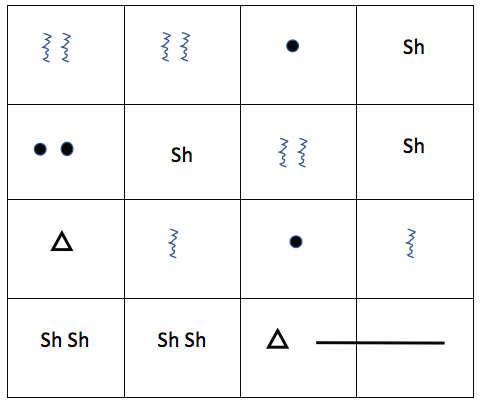Introduction
In this Museum of Amazing Musical Instruments Mat the Hat introduces the Yantra.
And if you’re wanting to do an activity whilst you’re visiting the museum, there’s an accompanying quiz for each minstrument and web links to explore.
The yantra is a gentle and melodic drum, and is my musical partner to the Hang drum. The notes ring loud and pure.
The yantra is a tank drum – it is made out of an old propane gas tank. It’s been cut down to this lovely shape, but you can still see the letters underneath. It was made by a man called Jason who lives in Newburgh, Fife, in central Scotland. How do I know that – because I asked him to make this drum especially for me!
The yantra is a really sturdy drum, one that anyone can play with any sort of sticks – it’sindestructible and a great drum to take to a party! I don’t even need a case for it.
Some people call drums like this a tongue drum because the musical notes are made by playing each of these tongues that have been cut into the body. Each of the tongues is tuned to a different note on the scale of F major. The yantra is a tuned drum that I can play with any other instrument, but I especially like to play it with my Hang because the notes are similar. In music, this is because the scales that the two instruments play are related – D minor and F major.
The yantra drum get’s it’s name because yantra is the Sanskrit word for a mystical diagram that is important to members of the Hindu religion. The tongues on the drum look like a picture that you might meditate on. I think it’s rather beautiful!
Links
Here are some other videos you can watch to learn more about the Udo, how is is played and made.
Yantra Wikipedia
To see what the Big Drum Adventure is all about have a look at Mat’s website.
http://wherestheone.co.uk/big-drum-adventure.html
To download files right click on the links and then select either:‘
- Save Target As’ (PC)
- ‘Download Linked File’ (Mac




